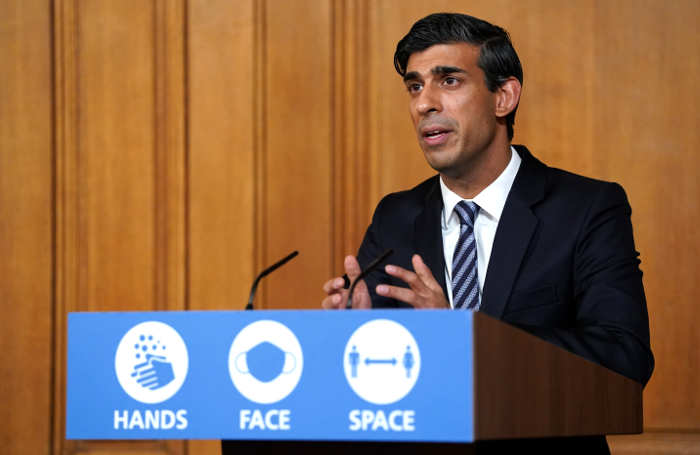At the weekend, practices and their employees learned just hours before the Coronavirus Job Retention Scheme (CJRS) was due to end that it would be extended. It has subsequently been announced that it will now be available until 31 March 2021, going well beyond the new month long lockdown period that it was initially due to cover.
This means that the Job Support Scheme (JSS), which was going to be furlough’s replacement, is now shelved indefinitely.
The extended furlough scheme returns the level of government support to the original 80% of normal pay, and the original monthly cap of £2,500. Under the reborn scheme, employers pay only national insurance and pension contributions once again.
An employer may choose to top up its furloughed employees’ wages beyond the 80% paid by the UK government for hours not worked, but it is not required to do so.
With this extension, furloughing becomes an option for more employees. To be eligible, employees need only to have been on an employer’s payroll on 30 October 2020. This has to be confirmed by a Real Time Information (RTI) submission to HM Revenue and Customs (HMRC) on or before this date. Recent starters and employees who fell foul of certain qualifying dates for the old scheme now become eligible.
Part time furloughing, which has been permitted since July, will still be an option under the extended scheme. Furlough support then becomes available for the unworked hours.
One difference is that part time furloughing had previously only been applicable to already furloughed employees. While the official CJRS web page is yet to be updated at time of writing, the guidance on the extended scheme from HMRC suggests that a practice can now newly furlough staff on a part time basis if they wish: they do not have to have been previously furloughed.
There is also the possibility of reprieve for staff members who have been made redundant in the past six weeks, if employers are willing to put them on furlough. Guidance from HMRC states that employees on the payroll on 23 September 2020 who were subsequently made redundant or stopped working will qualify for furlough payments, if they are rehired.
Businesses are not obliged to rehire any such staff. But this could prove useful for practices expecting workload to improve in the near future.
One aspect that has not been clarified is annual leave. Under the previous furloughing scheme, staff could take annual leave while furloughed. If a staff member is furloughed due to lack of available work, are they allowed to take any annual leave remaining to them while furloughed? Details as to whether this permission will be retained under the new furloughing rules have not yet been revealed.

HMRC says there will be no gap in support between the previously announced end date of CJRS and the extension. Employers are being advised to claim payments shortly before, during or after running payroll.
There will be a short period when the online claims service will be closed while the system is updated, but this will not affect claim periods. Additional guidance is promised over the coming days.
Practices are reminded that staff must not carry out work while furloughed. The RIBA has received worrying reports of staff being asked to work while furloughed: this is illegal. The HMRC have a fraud hotline which can be used to report any such abuses of the CJRS.
Agreements with employees have to be in place if they are to be furloughed and employers must keep records of these agreements on file. An employee who had been on furlough and was due to return to normal working this month, for instance, should agree and confirm afresh that they are willing to go back on furlough.
Any employee who had agreed to go on the Job Support Scheme for November will have to be informed that the scheme has been postponed indefinitely and asked to confirm that they are willing to go on furlough instead, if this is proposed.
Text by Neal Morris. This is a Professional Feature edited by the RIBA Practice team. Send us your feedback and ideas.
RIBA Core Curriculum: Business, clients and services.
As part of the flexible RIBA CPD programme, Professional Features count as microlearning. See further information on the updated RIBA CPD Core Curriculum and on fulfilling your CPD requirements as an RIBA Chartered Member.
Posted on 5 November 2020.









